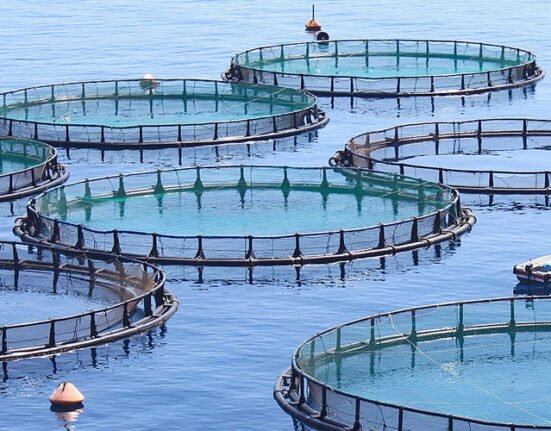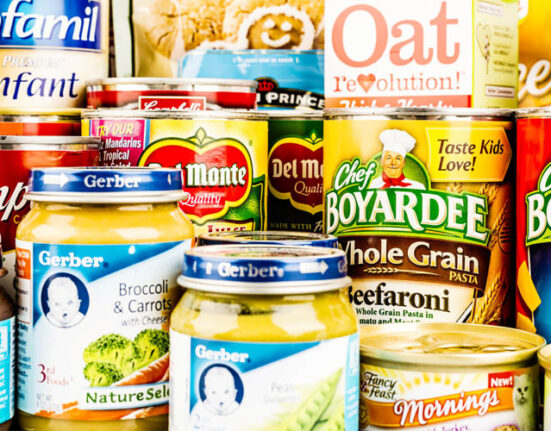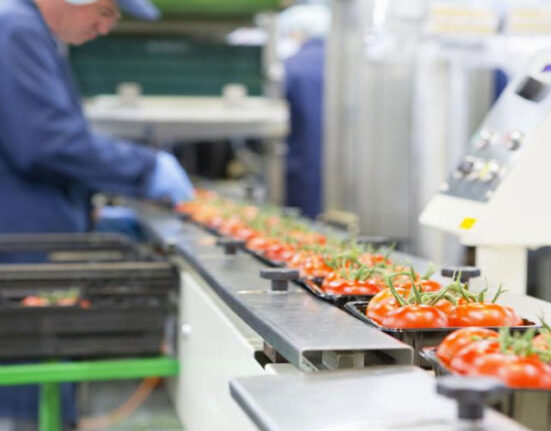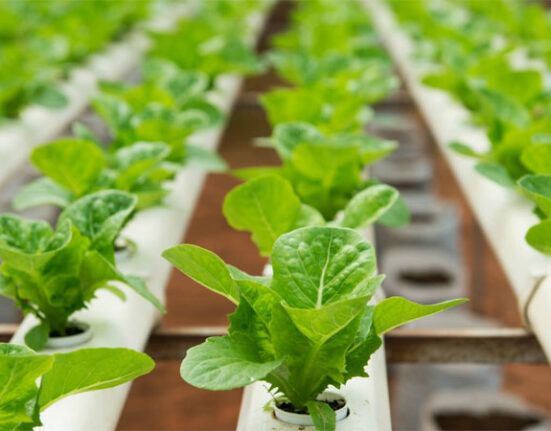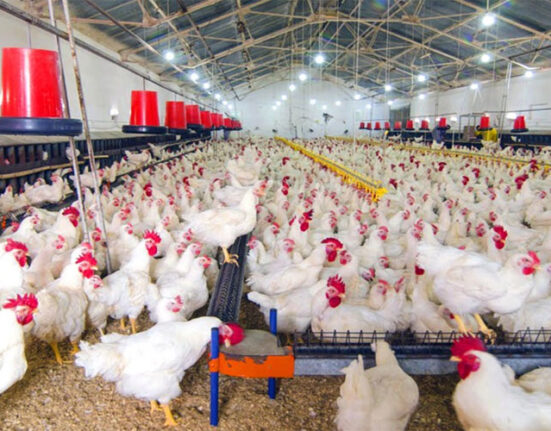The 2022 United Nations’ State of Food Security and Nutrition report shows the world is moving backwards in efforts to eliminate hunger and malnutrition.
The number of people affected by hunger globally rose to as many as 828 million in 2021, an increase of about 46 million since 2020 and 150 million since the outbreak of the COVID-19 pandemic. This shows the world is moving further away from its goal of ending hunger, food insecurity and malnutrition in all its forms by 2030.
The numbers paint a grim picture:
- After remaining relatively unchanged since 2015, the proportion of people affected by hunger jumped in 2020 and continued to rise in 2021, to 9.8 percent of the world population. This compares with 8 percent in 2019 and 9.3 percent in 2020.
- Around 2.3 billion people in the world (29.3 percent) were moderately or severely food insecure in 2021 – 350 million more compared to before the outbreak of the COVID‑19 pandemic.
- The gender gap in food insecurity continued to rise in 2021. Some 31.9 percent of women in the world were moderately or severely food insecure, compared to 27.6 percent of men – a gap of more than 4 percentage points, compared with 3 percentage points in 2020.
- Almost 3.1 billion people could not afford a healthy diet in 2020, up 112 million from 2019, reflecting the effects of inflation in consumer food prices stemming from the economic impacts of the COVID-19 pandemic and the measures put in place to contain it.
- An estimated 45 million children under the age of five were suffering from wasting, the deadliest form of malnutrition, which increases children’s risk of death by up to 12 times. Furthermore, 149 million children under the age of five had stunted growth and development due to a chronic lack of essential nutrients in their diets, while 39 million were overweight.
Looking ahead, projections are that nearly 670 million people (8 percent of the world population) will still be facing hunger in 2030.
Repurposing agricultural policies
The report notes that worldwide support for the food and agricultural sector averaged almost US$ 630 billion a year between 2013 and 2018. The lion’s share of it goes to individual farmers, through trade and market policies and fiscal subsidies. However, it is not reaching many farmers, hurts the environment and does not promote the production of nutritious foods that make up a healthy diet. That’s in part because subsidies often target the production of staple foods, dairy and other animal source foods. Rice, sugar and meats of various types are the most incentivised food items worldwide, while fruits and vegetables are relatively less supported, particularly in some low-income countries.
The evidence suggests that if governments repurpose the resources they are using to incentivise the production, supply and consumption of nutritious foods, they will contribute to making healthy diets less costly, more affordable and equitably for all.
Finally, the report points out that governments could do more to reduce trade barriers for nutritious foods, such as fruits, vegetables and pulses.
This report was jointly published by the Food and Agriculture Organisation of the United Nations (FAO), the International Fund for Agricultural Development (IFAD), the United Nations Children’s Fund (UNICEF), the UN World Food Programme (WFP) and the World Health Organization (WHO).



